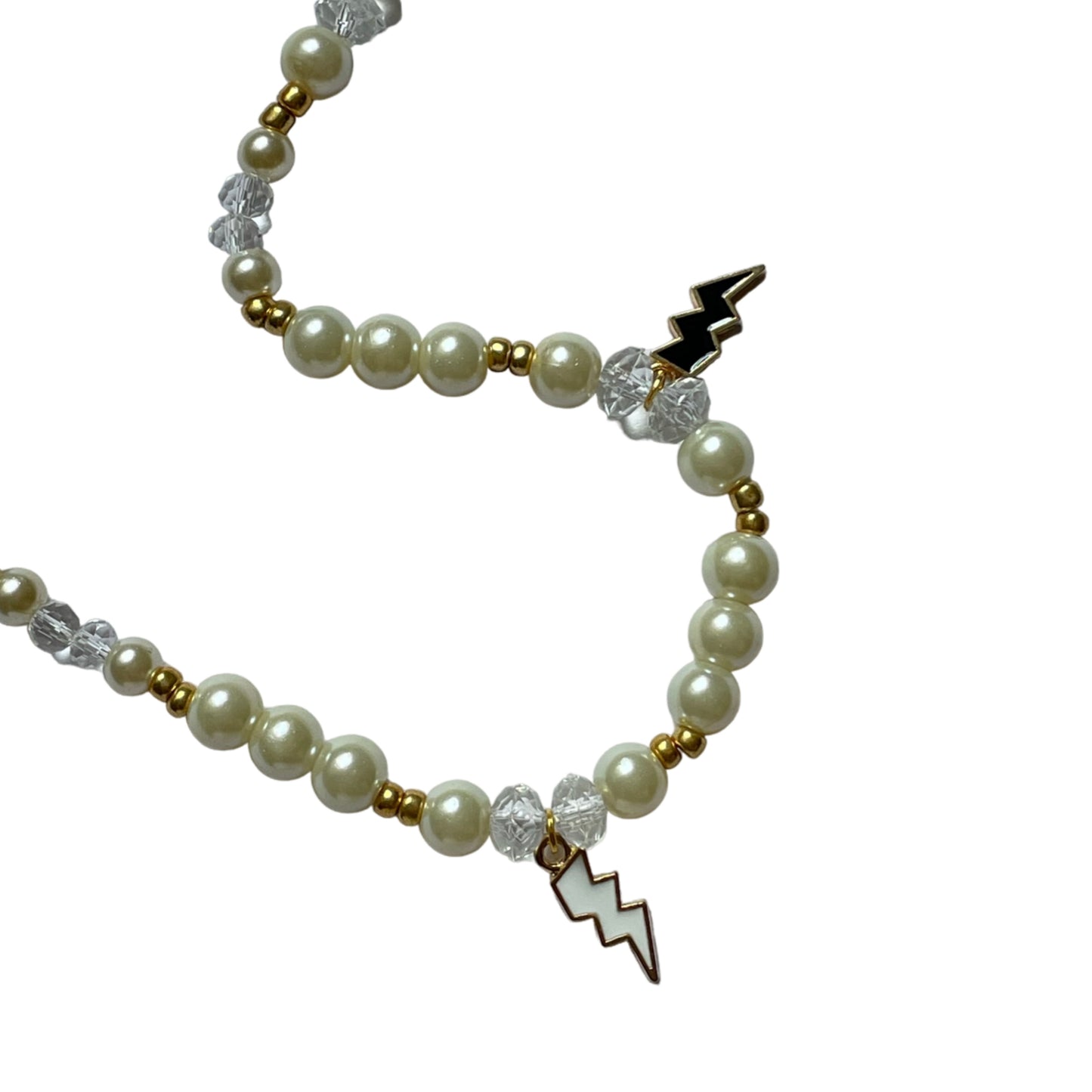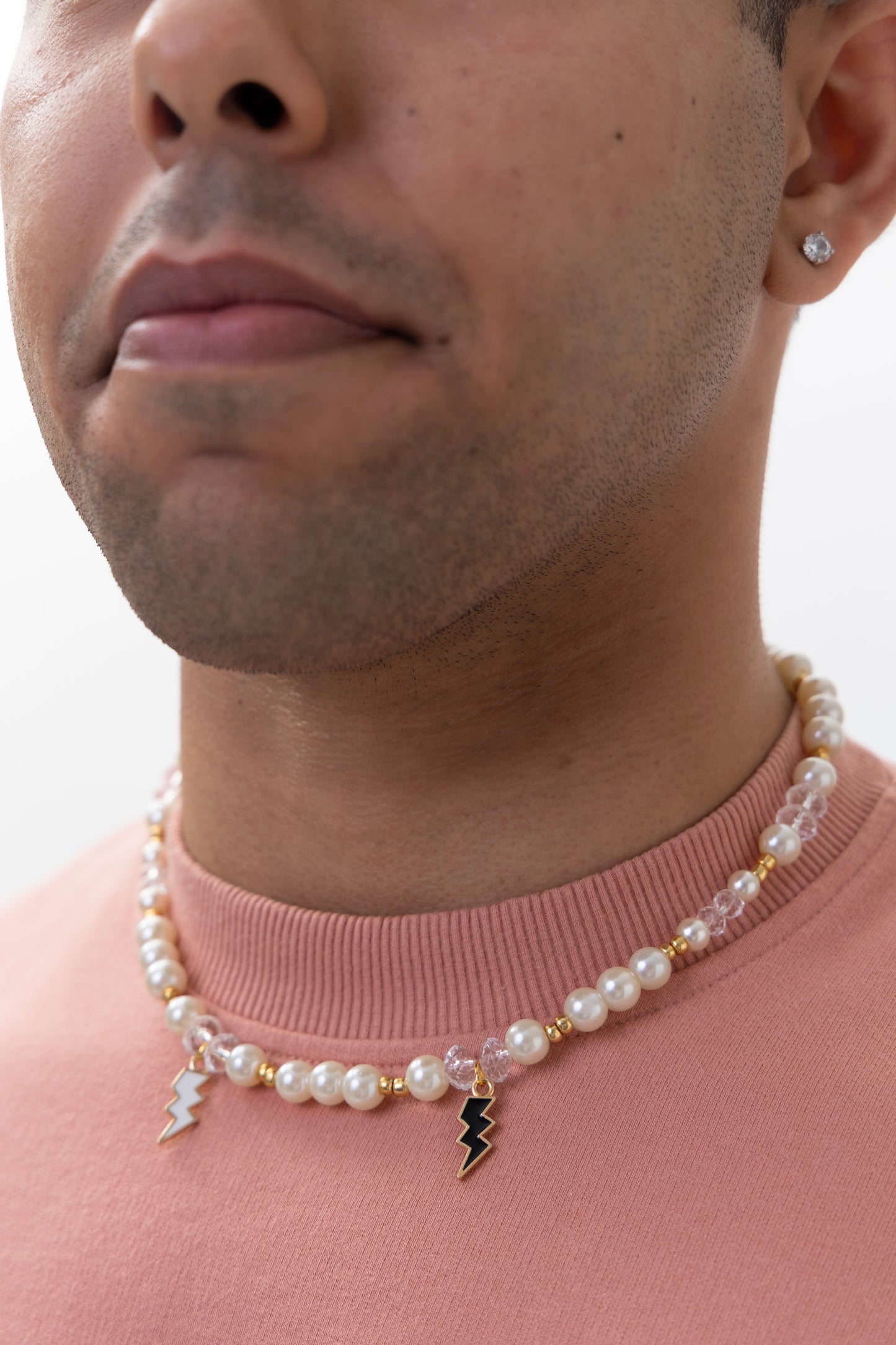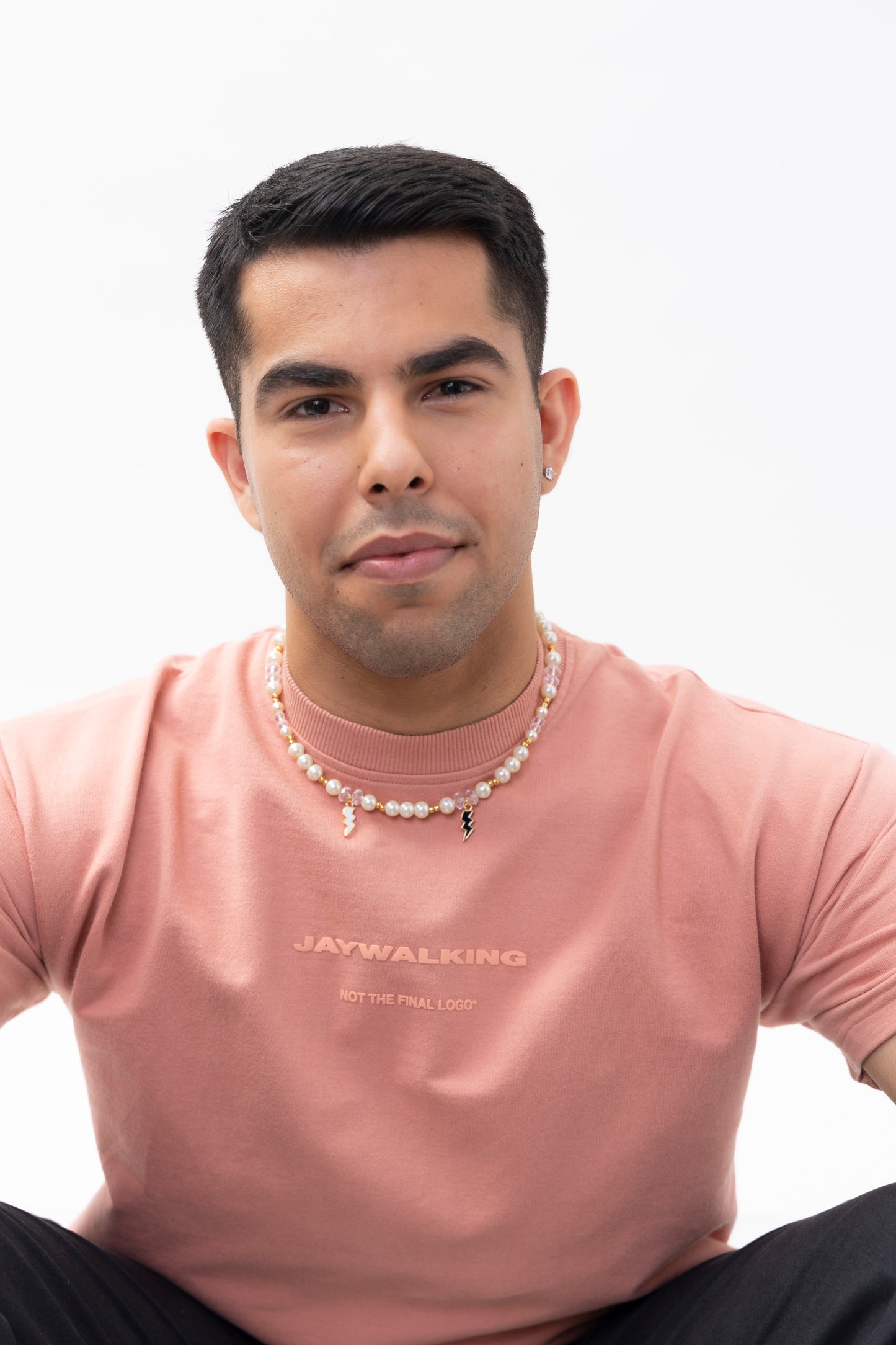Jewelry has been an essential part of human culture for centuries. Beyond just being an adornment, it serves as a powerful form of expression, a symbol of status, and even a means of communication. But why do we feel the need to wear jewelry? What drives our fascination with these intricate pieces? From its historical roots to its role in modern society, the importance of jewelry goes far beyond its aesthetic appeal.
Historical Significance
The origins of jewelry date back to ancient civilizations, where it was worn not only for decoration but also for religious and cultural purposes. In many societies, jewelry was used to denote power, wealth, and social status. For example, in Ancient Egypt, gold jewelry was a symbol of eternity and was often buried with the dead to accompany them in the afterlife. Throughout history, jewelry has played a pivotal role in rituals, ceremonies, and as a means to ward off evil spirits. Its historical significance reminds us that jewelry has always been more than just an accessory—it’s a testament to human civilization and culture.
Personal Expression
Jewelry allows individuals to express their personal style and identity. Whether it's a delicate necklace or a bold statement ring, the jewelry we choose reflects our taste, personality, and even our mood. For many, wearing jewelry is an art form, a way to create a unique look that speaks volumes without saying a word. This aspect of personal expression is why jewelry remains such a cherished part of our wardrobes, allowing us to communicate who we are to the world.
Emotional Connection
Jewelry often holds sentimental value, passed down through generations as family heirlooms or gifted on special occasions. These pieces are more than just material objects; they carry stories, memories, and emotional connections. A grandmother’s pearl necklace, a mother’s wedding ring, or a friendship bracelet from a best friend—all of these items hold deep emotional significance and serve as tangible reminders of our loved ones.
Health and Wellness
Certain types of jewelry are believed to have health and wellness benefits. For example, wearing copper bracelets is thought to alleviate arthritis pain, and gemstones like amethyst and jade are often associated with healing properties. Beyond physical health, jewelry can also contribute to emotional well-being. Wearing a beloved piece can bring comfort, confidence, and a sense of peace, serving as a small but powerful tool in maintaining overall wellness.
Trends and Innovation
The jewelry industry is constantly evolving, with new trends and innovations emerging each year. From sustainable materials to technological advancements like smart jewelry, the modern jewelry market is a reflection of contemporary culture and innovation. Jewelry trends not only follow fashion but often set it, influencing the way we dress and present ourselves to the world. Keeping up with these trends allows individuals to stay connected with the ever-changing landscape of style and technology.
Investment and Legacy
Jewelry is often seen as an investment, both financially and sentimentally. High-quality pieces made from precious metals and gemstones can appreciate over time, making them valuable assets. Moreover, jewelry is frequently passed down through generations, becoming a legacy that tells the story of a family. This dual nature of jewelry as both an investment and a legacy makes it a significant part of our lives, something that holds value far beyond its monetary worth.
Confidence and Empowerment
Wearing jewelry can be an empowering experience. The right piece of jewelry can boost confidence, make a statement, and even change the way you feel about yourself. Whether it’s a pair of earrings that make you feel elegant or a necklace that gives you a sense of strength, jewelry has the power to enhance your self-esteem and empower you to face the world with confidence.
Conclusion
Jewelry is much more than just a decorative accessory; it’s a complex and multifaceted aspect of human culture and personal identity. From its historical roots to its role in modern self-expression, jewelry continues to be an essential part of our lives, offering not just beauty, but also meaning, connection, and empowerment. Whether worn for personal reasons or passed down as a legacy, jewelry remains a timeless and cherished element of our human experience.





